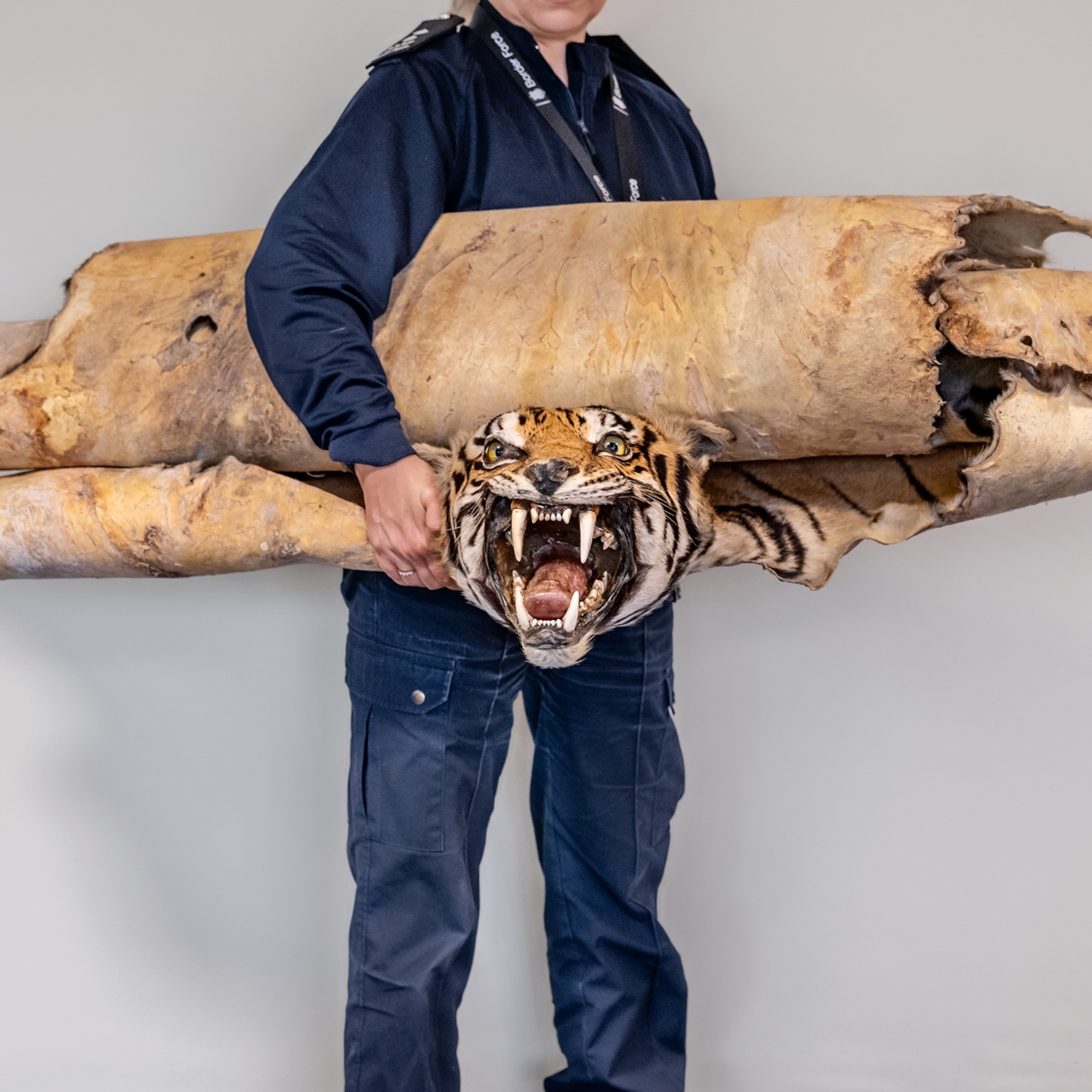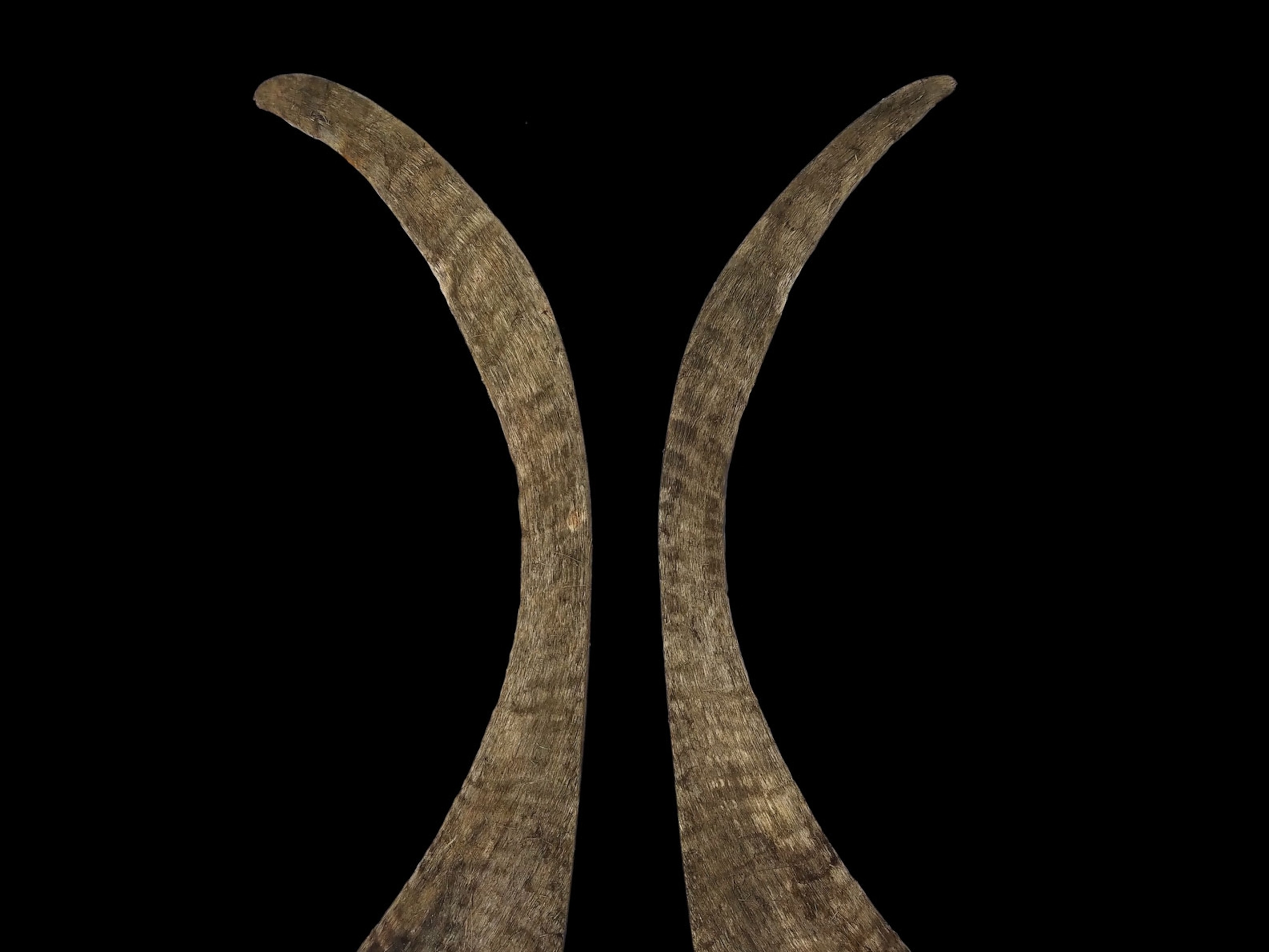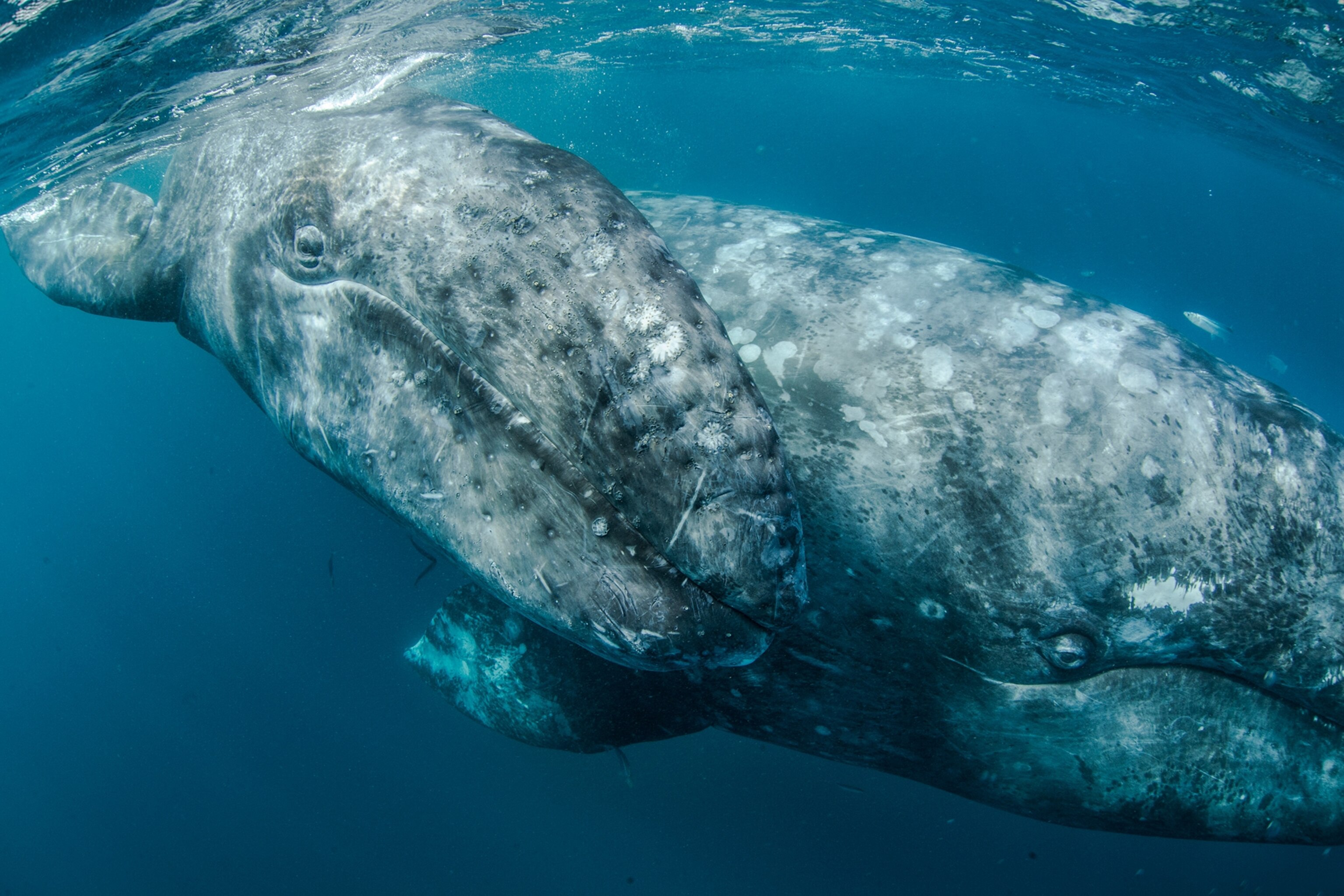
7 ways wildlife won in 2018
Elephants, rhinos, whales, and other imperiled species received a boost this year.
Under poaching pressure, African elephants are evolving to lose their tusks. The jaguar trade is flourishing across South America, fishermen are shooting California sea lions off the coast of Washington state, and, even as bear bile farms are being shuttered across Vietnam, operators are allowing their captive bears to starve to death.
But the past 12 months have seen some bright spots too:
Major international auction houses are no longer selling rhino horn. In response to pressure from environmental groups, both Bonhams and Sotheby’s canceled rhino horn sales in Hong Kong this fall and pledged that they’ll no longer sell any artifacts made entirely or partly from rhino horns. China Guardian Hong Kong, another auction house, also said it will avoid offering rhino horn in future. Christie’s had previously introduced its own ban in 2012, according to a company spokesperson. Now, almost all the top international auction houses no longer support offering rhino horn for sale. (To date, Poly Auctions is the only major auction house in Hong Kong that hasn’t banned rhino horn sales completely. In an emailed statement, Poly Auction Hong Kong Limited said it has strictly complied with Hong Kong law in its sales and that it “objects to any artifacts from illegal plantations and wildlife and will make efforts to reject them in the auction market.”) Hong Kong has long been a popular market for rhino sales; domestic law allows horn auctions in limited circumstances, such as when the paperwork indicates the horns are antiques. Parties to the Convention on International Trade in Endangered Species of Wild Fauna and Flora (CITES) prohibited the international trade in rhino horn in 1977.
Japan can no longer kill sei whales and sell their meat in the name of scientific research. The international community acted in October to help protect the sei whale, one of the world’s fastest cetaceans. The CITES standing committee concluded that Japan’s ostensibly “scientific” catches of the endangered whale in the North Pacific were actually for commercial purposes and must stop. Japan kills about a hundred sei whales annually in the name of scientific inquiry, and then sells the meat, saying the sales fund further research. In response to the CITES decision, the country agreed not to authorize any more killings of sei whales before the next major CITES meeting, in May 2019.
Conservation action has allowed certain whales to rebound. International bans on commercial whaling in the North Pacific and Southern Hemisphere are helping some whale populations recover. The global population of fin whales, long categorized by the International Union for the Conservation of Nature (IUCN) as “endangered,” has roughly doubled since the 1970s. Earlier this year, the IUCN downgraded the fin whale’s status to vulnerable. Another whale species historically targeted for blubber, oil, and meat—the gray whale—was also downlisted, from critically endangered to endangered.
Hong Kong promised to phase out its elephant ivory trade. In early 2018, the city-state approved a plan to end sales of elephant ivory by the end of 2021. Hong Kong is a major hub for ivory sales, and environmental groups say shutting down this market—alongside Hong Kong’s decision to enforce harsher punishments against smugglers—could help combat the poaching of tens of thousands of African elephants every year.
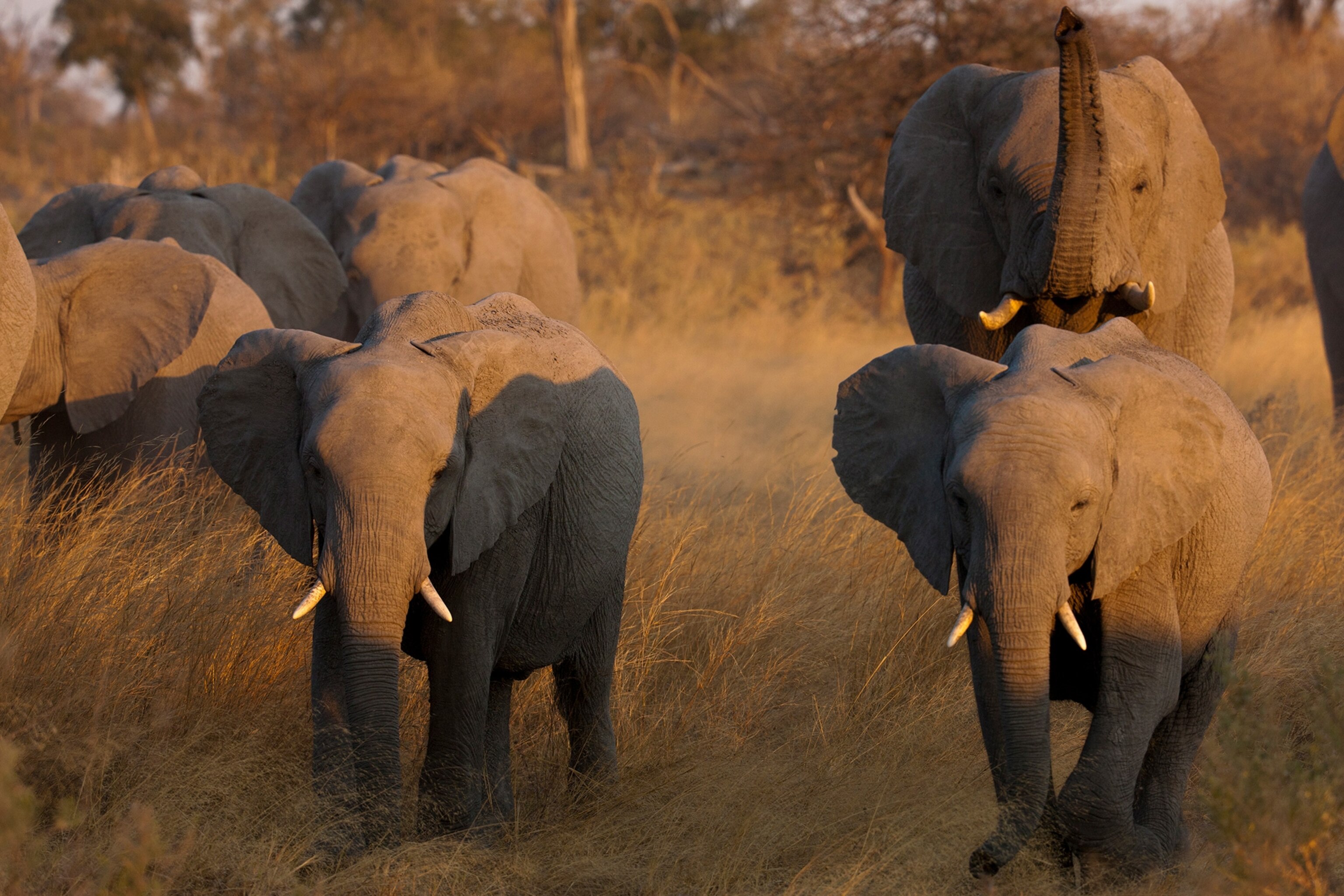
China’s ivory trade ban is now the law of the land. Much of the world’s ivory demand comes from mainland China, where a ban on ivory trade came into force on the last day of 2017, making 2018 the first full year with the prohibition. This action appears to be changing attitudes about buying ivory, according to consumer survey work conducted by Traffic, the World Wildlife Fund, and GlobeScan. That’s the good news. The bad news is that persistent buyers report that they’re continuing to buy ivory at similar rates—they’re just traveling outside of China to do so—underscoring the need for stronger global efforts to curb this trade.
Another massive chunk of the Amazon rainforest is now protected land. Colombia’s Serranía de Chiribiquete, which was enlarged by more than three million acres earlier this year, now totals 10,546,692 acres. The world’s largest protected tropical rainforest national park, it was also declared a UNESCO World Heritage site. Located in the northwestern corner of the Amazon Basin, Serranía de Chiribiquete is home to famous cave paintings as well as threatened species including giant otters, giant anteaters, woolly monkeys, and lowland tapirs. Environmental groups hope that the park will remain a bastion against deforestation in the Amazon, even as other parts of the rainforest are losing trees. Between August 2017 and July 2018 more than 3,000 square miles of Brazil’s rainforest was destroyed, largely because of illegal logging, according to its government. Brazil’s newly elected president, Jair Bolsonaro, also campaigned on weakening environmental controls.
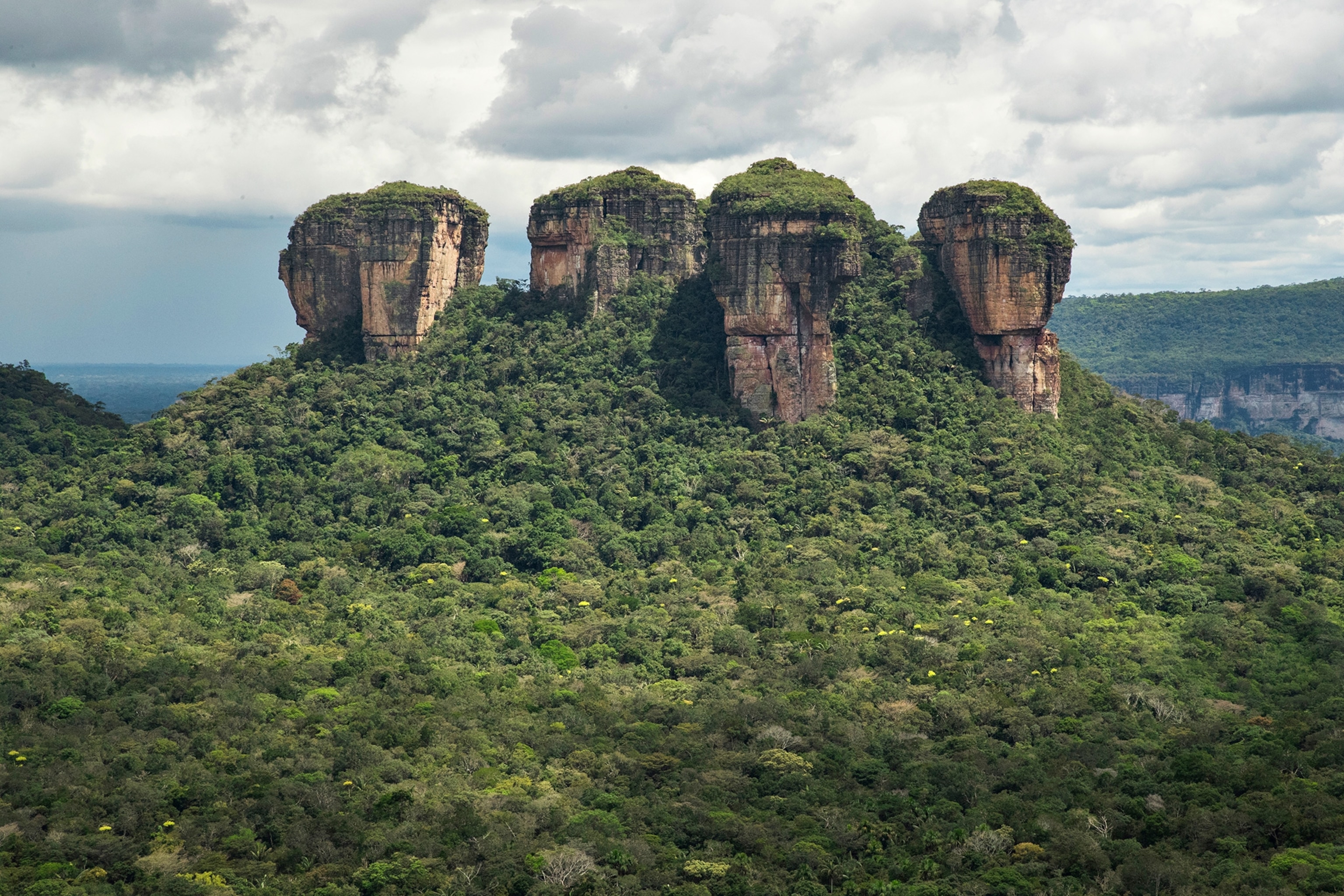
China reinstated its ban on the medical use of tiger bone and rhino horn. In October, Beijing announced that it was lifting its ban on using these animal products for traditional medicine. No scientific evidence that tiger bone or rhino horn can improve human health exists, and no explanation for the decision was given. Environmental groups pointed to the country’s growing number of tiger farms—and the hefty cost of maintaining these animals—as key motivators for China’s action. But after an outcry from environmental groups around the world, the government reversed its decision. A senior official told state media that China would postpone lifting its ban on the legal use of rhino and tiger parts for traditional medicine and research, pending “further study.”

